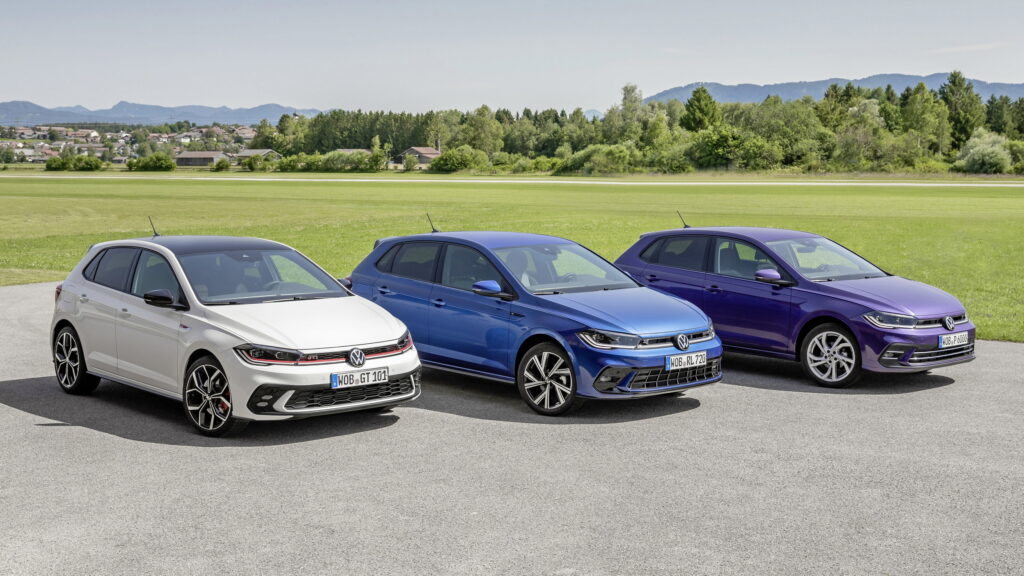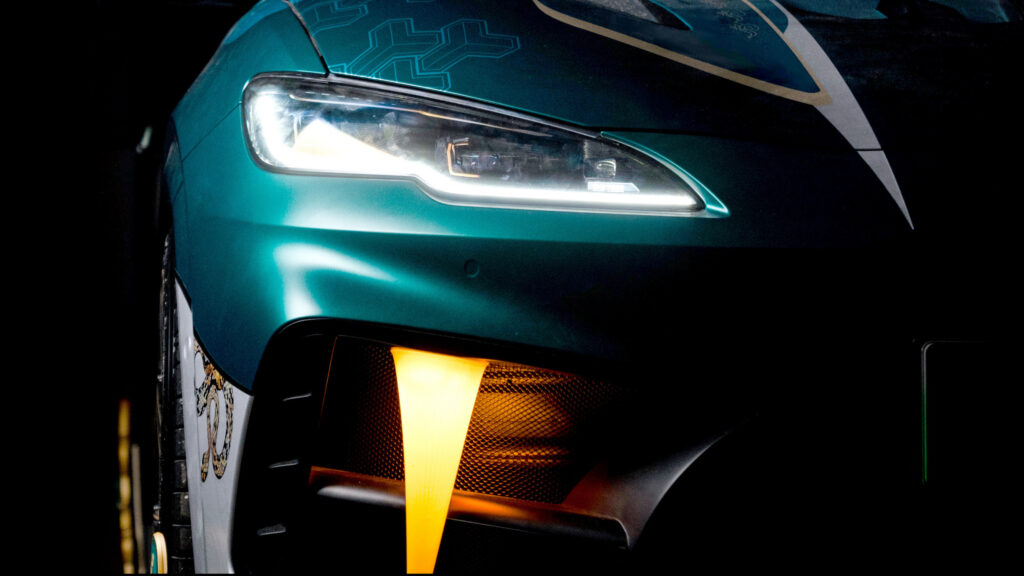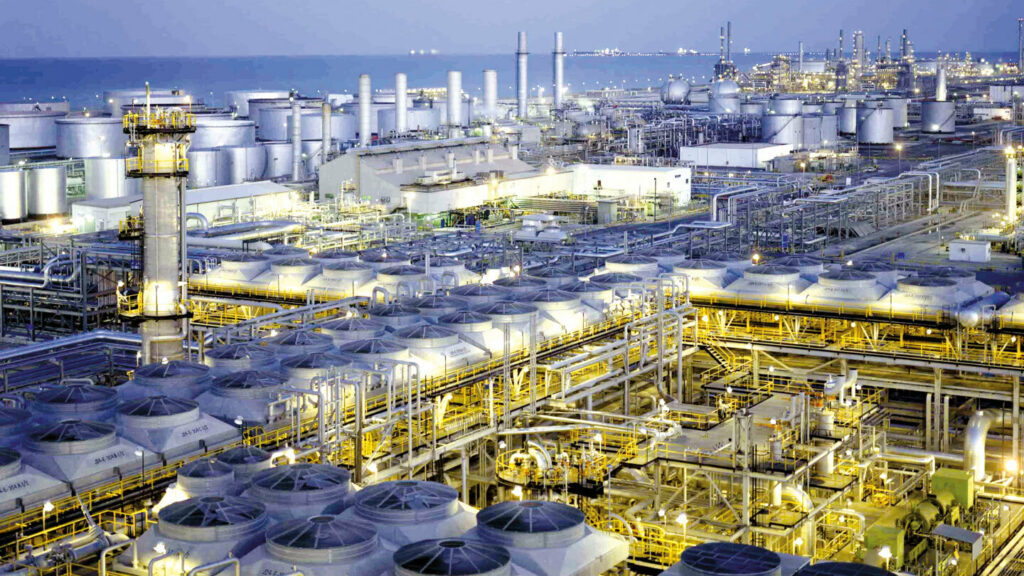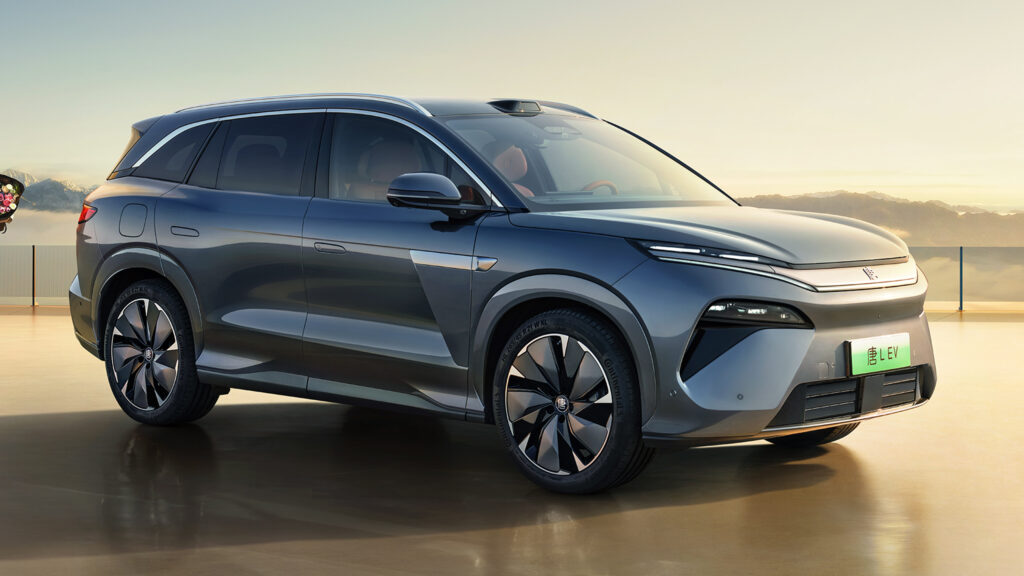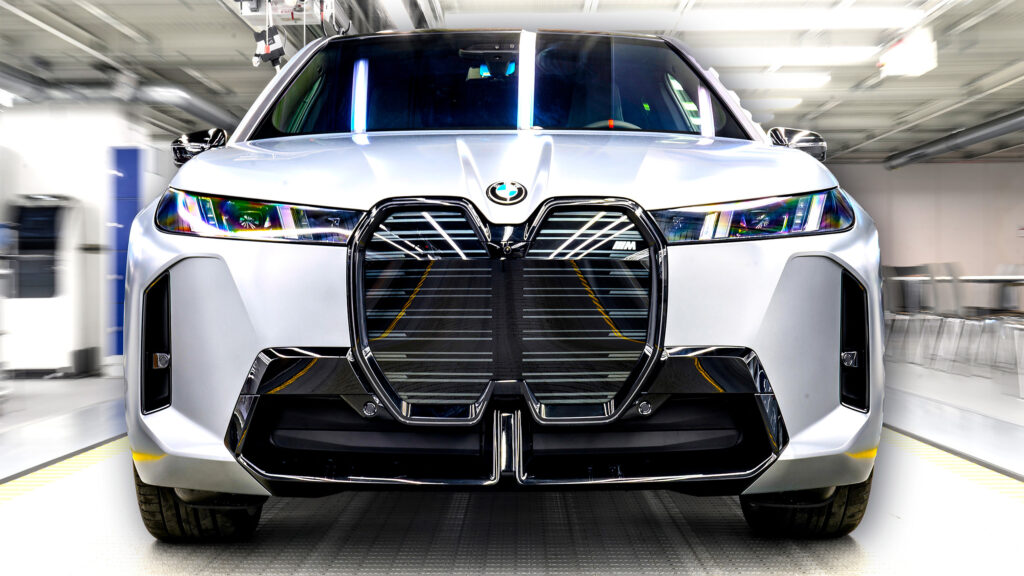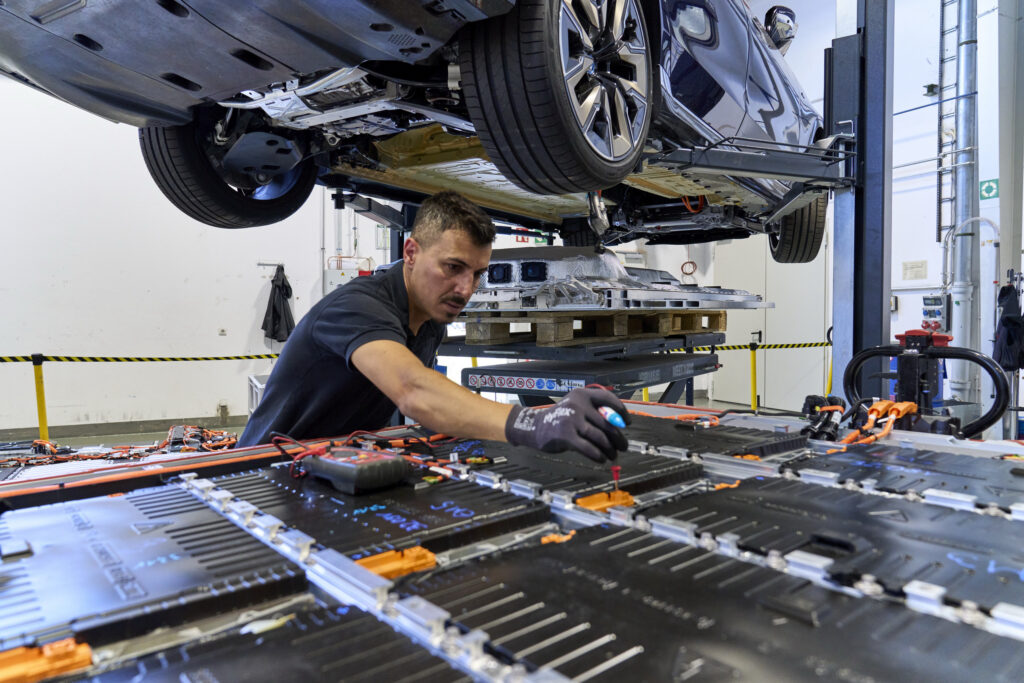Cummins CEO Says Mixed Fuel Approach is Key for Commercial Sector
ANAHIEM, Calif. — “It’s an honor to kick off ACT Expo 2025,” said Jennifer Rumsey, chair and chief executive officer of Cummins. “We’re in a very different place than we were just a year ago. We always knew the energy transition was going to be dynamic, and it’s clear now it’s going to be even more dynamic, more uncertain, more divergent than we ever thought it would be.”
Rumsey, who has spent the last 25 years at Cummins first as a mechanical engineer and later as an executive, noted in her opening general session April 28 that regulations were driving the industry toward a net-zero future. Cummins, like most large OEMs, was investing a record amount of money to meet those goals. Yet, concerns regarding infrastructure investment to support the emerging technology also existed.
She said the trucking and bus industry is just now starting to understand how the Trump administration’s policies might impact the future.
“There’s proposals to reconsider or reevaluate EPA regulations and natural uncertainty as this process takes shape, the incentives for battery electric vehicles offered through the IRA used onshore manufacturing and help drive adoption are back on the negotiating table, and tariffs are being used as trade policies and also impacting our businesses,” Rumsey explained. “So, what does this mean for us today? It means there’s more uncertainty than ever before about the role regulations, incentives and trade policies will play for the future of our industry.”
She commented that despite a potential rollback of regulations, Cummins is continuing to invest billions of dollars to innovate and develop cleaner, more advanced and efficient technologies. “I’ve seen us over the last several decades, we’ve made real progress, real impact together,” she said, adding that even in terms of diesel engines, the industry has significantly reduced emissions and improved fuel efficiency.
She noted that “advancements in fuel injection systems, turbo chargers, after treatment and controls, have reduced NOx and particulate emissions by more than 98 percent in the U.S. and 90 percent globally,” she continued. “To put that into perspective, today, it takes 60 class eight semis to emit what a single semi-truck emitted in 1988.”
Cummins, she said, has improved the per-gallon fuel mileage for its on highway heavy duty engines by nearly 25 percent since 2010. The company also set a goal of reducing 55 million metric tons of greenhouse gas emissions from its products already in the field from 2014 to 2030. That equates to 5.4 billion gallons of diesel fuel and almost $20 billions in savings.
“In fact, we are hitting that goal early,” Rumsey shared. “I’m pleased to share our goal to double our efforts for products and use over the next five years, helping many of you further improve fuel efficiency and reduce operating costs.”
She said all of this was achieved while also navigating challenges such as the COVID-19 recession and subsequent supply chain disruptions.
“I believe this is a time for us to come together to move the industry forward, to focus on the positive impact we can have in the midst of the uncertainty and challenges we are facing right now,” she said. “I remind myself each day of the beauty and goodness and the people and the world around us, and the opportunity that I and we all have to make a positive difference to ensure a planet where we our kids and our grandkids have access to clean air and water.”
She explained that everyone plays a role in empowering a more prosperous world. She provided three elements that she thinks be essential for success, the first being the right government regulations.
“We need to set clear and challenging but also achievable goals that drive innovation and allow the best technologies to compete and help meet the standards we set,” she said. “We need certainty and time to meet them, regulations that force the adoption of certain technologies may exclude some of the best solutions, and they may also overlook meaningful improvements in today’s technologies. We don’t want to let perfect be the enemy of good.”
She explained that many power solutions and alternative fuel sources will be in the mix for a long time. These include diesel, biodiesel blends, natural gas and hydrogen engines, as well as battery electric, fuel cell and hybrid solutions, “because no single solution will meet our broader goals.”
“Fair and unbiased regulations enable businesses to invest in a diverse portfolio of technologies that drive innovation and give choice to nations’ fleets,” she continued.
Second, she said the industry must consider the life cycle emissions of fuel or energy when making decisions on emission reduction and standards. Rumsey explained that it’s not just about the tail pipe emissions, but the complete cost of fuel production, transportation and distribution.
She said the industry also needs to continue making innovative improvements in technology offerings “that both reduce greenhouse gas and improve fuel efficiency, allowing our customers to find the most efficient, cost-effective solutions for their business and application needs,” she said.
She noted that improved fuel efficiency is the biggest greenhouse gas emission savings opportunity. “Our industry will continue operating internal combustion engines for many years, and it’s important to continue to make tangible and incremental improvements to diesel, while also advancing low carbon alternate fuels to give customers choice as the infrastructure builds out,” she said.
Related: First Student’s Kenning Discusses School Bus Electrification, Technology Innovation
Related: Report Highlights Shift in Federal Policy from EVs to Conventional Fuels
Related: Gallery: ACT Expo 2025
Related: (STN Podcast E257) The Paths Forward: AI, Clean Energy, Manufacturing Discussed at ACT Expo
For example, the new Cummins X15 engine is designed to improve fuel economy by 4 percent while greatly reducing NOx. She added, however, that battery-electric technologies are a part of the solution mix for reducing emissions and aligning with sustainability goals.
“Lithium-ion battery price per kilowatt hour has dropped by more than 85 percent in the last decade, and we are starting to see an increasing number of economic cases for electric vehicle adoption in certain commercial vehicle applications,” she said. “For example, Blue Bird has delivered more than 2,500 school buses equipped with electric powertrains and estimates that more than 90 percent of school bus routes can now be served by electric buses. That said, we need to continue to innovate in this space to ensure total cost of ownership gets close to that of diesel and enable adoption.”
She added that Cummins is partnering with Paccar, Daimler Truck of North America and Amplify Cell Technologies to manufacture lithium-ion phosphate battery cells for commercial vehicles at a plant outside of Memphis, Tennessee. A spokesman later told School Transportation News that the battery cells will be ready for market in 2027.
“While we’re currently in a period of vast uncertainty, my hope is that we can be unquestionably certain about one thing, our shared commitment to continue powering a more prosperous world to moving forward together, because no one can do it alone,” she said.
The post Cummins CEO Says Mixed Fuel Approach is Key for Commercial Sector appeared first on School Transportation News.

